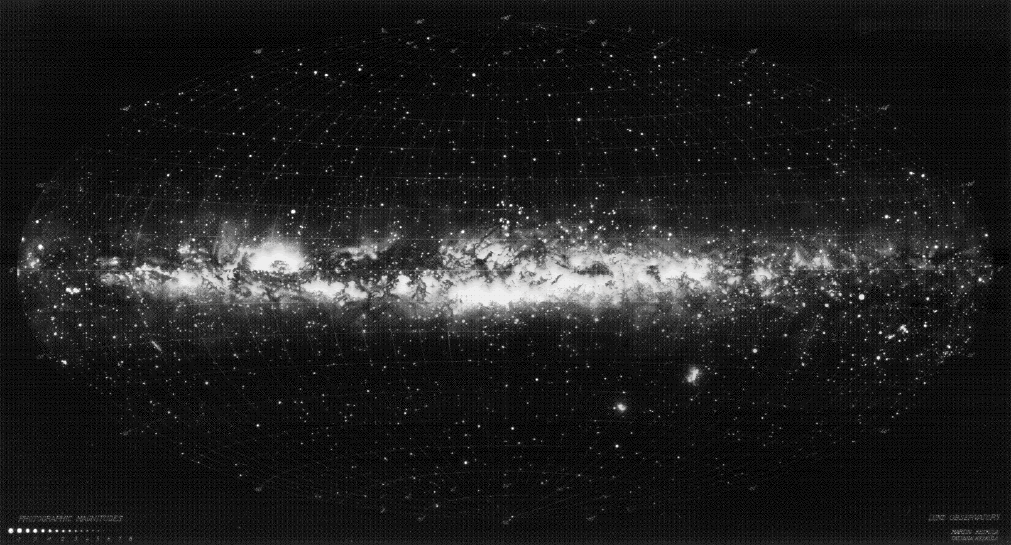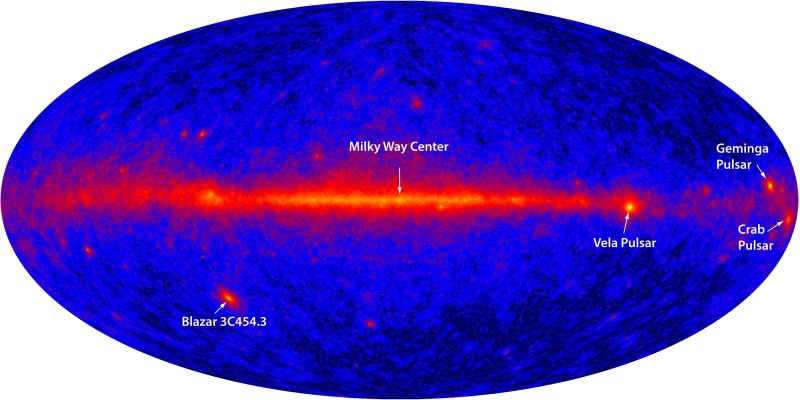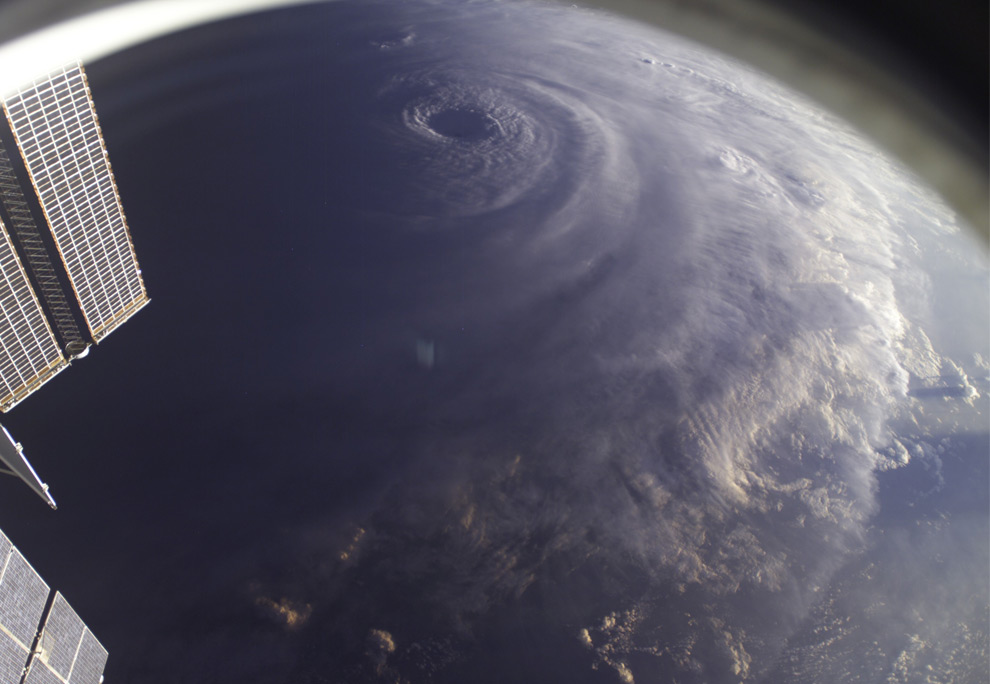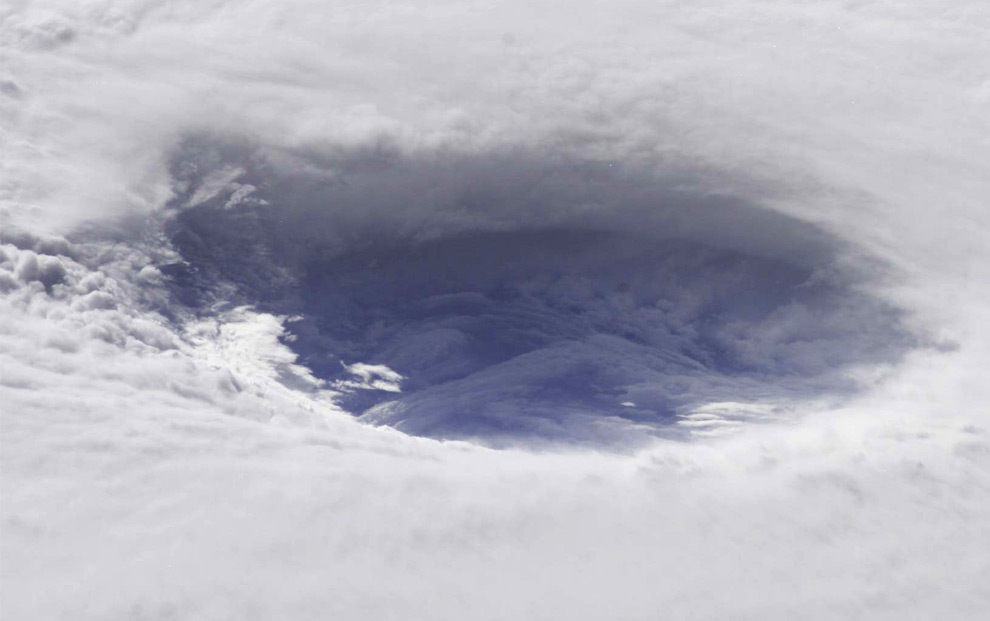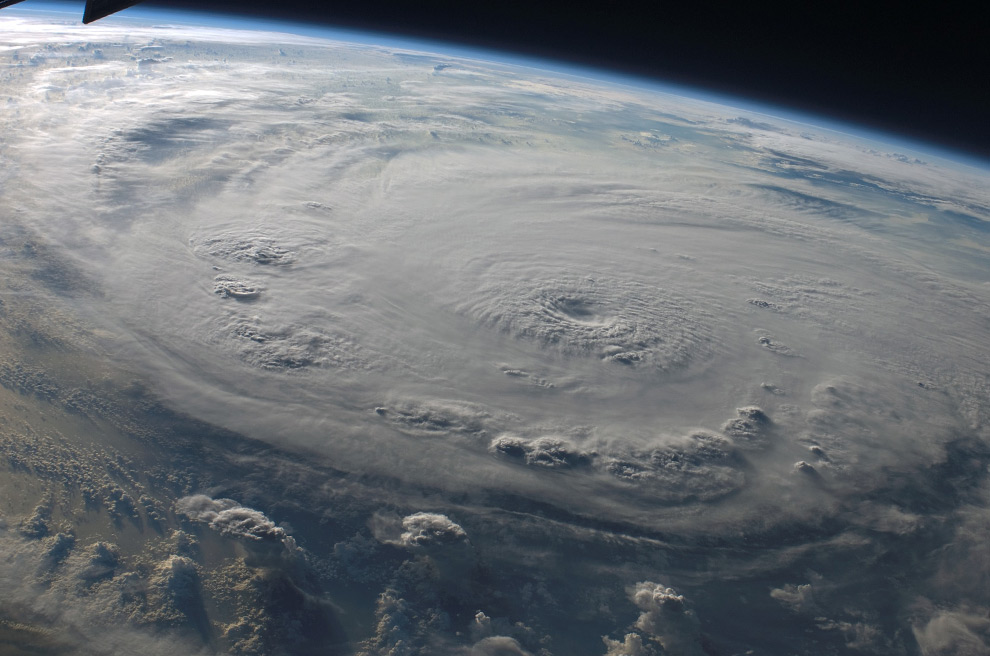Hubble Finds a Mystery Object
Don't get the idea that we've found every kind of astronomical object there is in the universe. In a paper to appear in the Astrophysical Journal, astronomers working on the Supernova Cosmology Project report finding a new kind of something that they cannot make any sense of.
The project used the Hubble Space Telescope to monitor very distant galaxy clusters for supernovae. On February 21, 2006, in the direction of a far-away cluster in Bootes named CL 1432.5+3332.8 (redshift 1.112, light travel time 8.2 billion years), Hubble began seeing something brighten. It continued brightening for about 100 days and peaked at 21st magnitude in two near-infrared colors. It then faded away over a similar timescale, until nothing was left in view down to 26th magnitude. The object brightened and faded by a factor of at least 120, maybe more.
The mystery object did not behave like any known kind of supernova. It is not even in any detectable galaxy. "The shape of the light curve is inconsistent with microlensing," say the researchers. They recorded three spectra of it and its spectrum, they write, "in addition to being inconsistent with all known supernova types, is not matched to any spectrum in the Sloan Digital Sky Survey database" of vast numbers of objects. "We suggest that the transient may be one of a new class."
What's its distance? That would certainly be a first step to figuring it out, but only the broadest constraints can be put on its distance. Its lack of parallax motion means that it can't be closer than about 130 light-years, and a lack of cosmic hydrogen absorption in its spectrum means that it can't be farther than 11 billion light-years (when "distance" is defined by light travel time). That leaves a lot of leeway.
Here is the group's paper with all the details. The lead author is Kyle Barbary (University of California at Berkeley).


